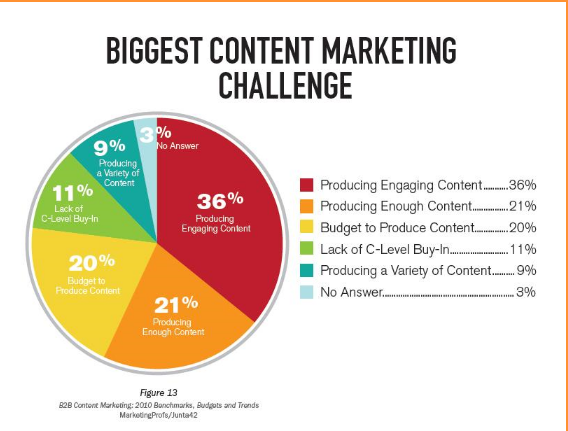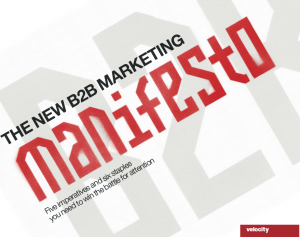 You get better results with your content marketing when you speak to the “old brain,” the one that’s also known as the primitive brain or the survival brain. Knowing how the brain works will help you write better as well as help you with presentations to influence others.
You get better results with your content marketing when you speak to the “old brain,” the one that’s also known as the primitive brain or the survival brain. Knowing how the brain works will help you write better as well as help you with presentations to influence others.
There are a few principles to remember, and here’s a great story that makes this come alive…
A Marketing Moment with a Homeless Man…
I want to share an excerpt of a story by Patrick Renvoisé, from his book Neuromarketing: Understanding the Buy Buttons in Customers’ Brain. He tells the story of how he earned the equivalent of a $960/hour consulting fee from a homeless man…
One evening as I was entering a restaurant in San Francisco, a homeless person stopped me. His sign read, “Homeless. Please HELP.”
The man showed all the signs of distress with sad empty eyes. He looked me directly in the eyes, and I was compelled to hand over a few bucks. However, something led me to go further with this particular man.
Like many of my clients who try to get responses from marketing, his message was weak, and certainly not unique. So I gave him $2 on condition he let me change the message on his sign for at least 2 hours.
The man agreed, and I wrote a different message on the back of his sign. Later, we met up again.
He insisted on giving me $10, because he had made over $60 while I was having dinner. His usual take averaged $2-$10 an hour.
As my entire interaction had lasted only 30 seconds, this eight dollar profit translated into a $960/hour consulting fee, not bad.
All I did was apply what I know about the brain and marketing messages that get people to act.
Here’s what his new cardboard sign said: Read More→











